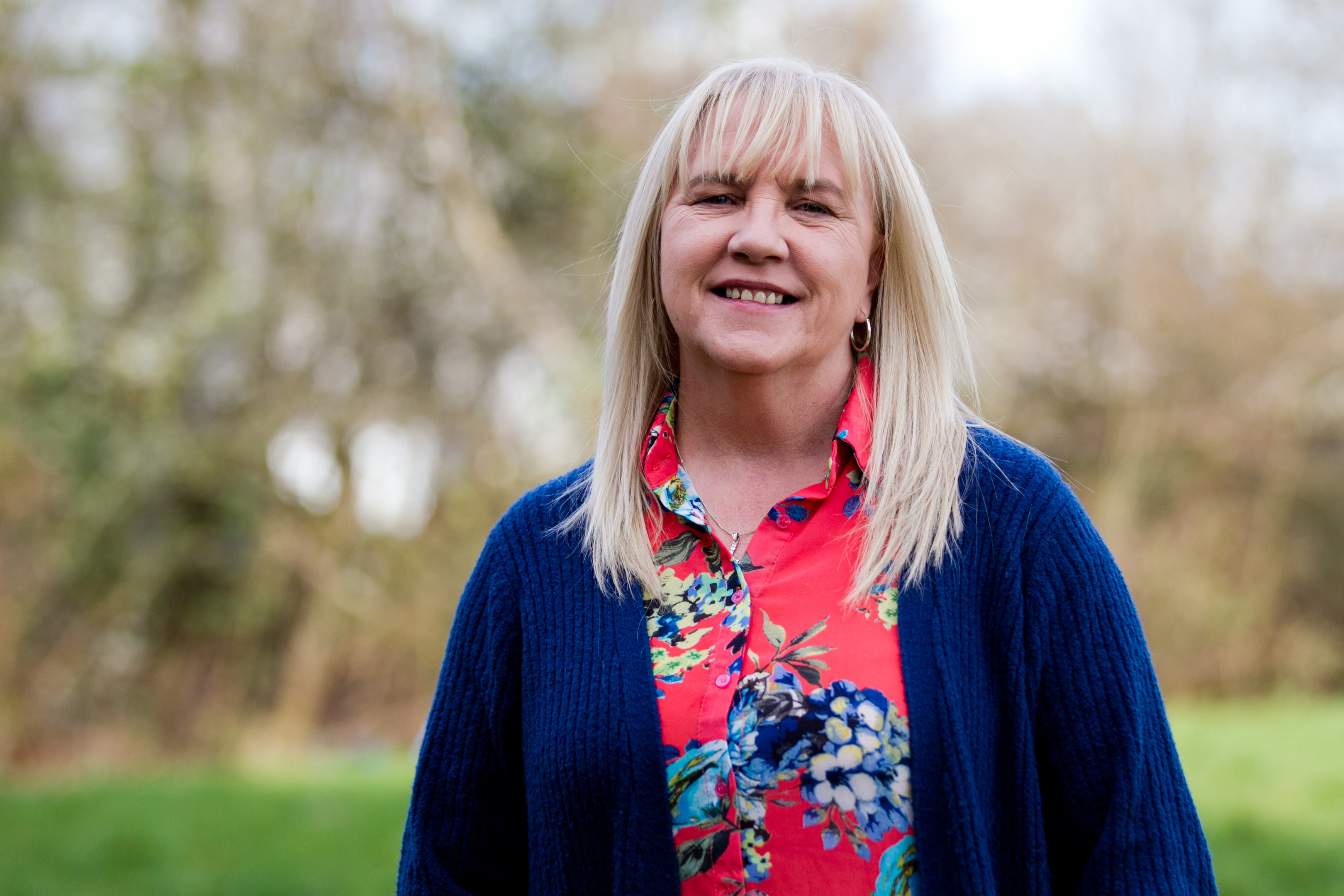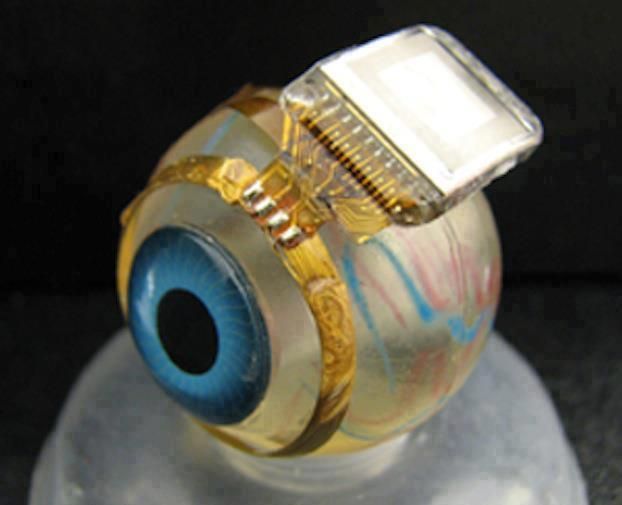
Alice McCartney’s sight could be restored by a futuristic device akin to the sort of thing previously only seen in science fiction movies.
Medical experts have already successfully implanted a wafer thin electronic chip into the eyes of a number of men in England.
Once activated, the microchip takes over the work of the retina, helping the brain to see.
The sort of technology has previously been the work of fiction seen in programmes like The Six Million Dollar Man and the Terminator movies.
Alice, 51, who suffers from a rare genetic condition which is robbing her of her sight, last night spoke of her joy at being accepted by the team of experts pioneering the technology.
“If they offer me a bionic eye I’ll take it in a heartbeat,” she said.
Alice suffers from retinitis pigmentosa, which affects around 20,000 people in the UK.
She fears the sight-robbing-condition will gradually deny her the chance to see her three grandchildren grow up.
Alice has been referred to the world’s leading bionic eye specialist, Professor Robert McLaren, who was educated in Edinburgh.
The Scottish expert’s Oxford-based team developed the robot eye technology, which could dramatically improve the lives of thousands of people.

Alice, of Govan, Glasgow, is on tenterhooks waiting for a call from the unit.
“I struggle to see many objects and walk into cupboards when the doors are left open,” she said.
“I wouldn’t recognise my children if they were across the road.
“I am very grateful to have been accepted as a patient at Professor McLaren’s clinic.
“Until then it’s a question of monitoring and seeing if my eyes deteriorate further.
“I have watched how it has transformed the lives of others with my serious eye condition.”
Professor McLaren has been hailed a miracle worker after developing a tiny, ultra-thin microchip packed with light sensors.
The battery powered sensors convert light to electrical signals. The retina is then stimulated to pass information down the optic nerve which is transformed into images in the brain.
“Other people’s lives are being transformed with the bionic eye,” said Alice. “It truly is a miracle device.
“I don’t want to spend any of my life depending on others to guide me around.”
One of the first patients to benefit from the eye implant was Chris James, 54, of Wroughton, Wiltshire,
He had been blind for 10 years when his sight was restored by the microchip.
After a decade of darkness, there was a sudden explosion of bright light – like a flash bulb going off, he has said previously.
“I did not know what to expect but I got a flash in the eye, it was like someone taking a photo with a flashbulb and I knew my optic nerve was still working,” he said.
Now he is able to make out shapes and light. He hopes his sight – and the way his brain interprets what the microchip is showing it – will carry on improving.
Alice too is optimistic of a similar, happy ending.
“It’s probably my best chance of holding on to my sight,” she added.
READ MORE
Bodybuilder mum gets ‘bionic leg’ to help lift heavier weights
Bionic glove helps Christine’s battle to beat locked-in syndrome

Enjoy the convenience of having The Sunday Post delivered as a digital ePaper straight to your smartphone, tablet or computer.
Subscribe for only £5.49 a month and enjoy all the benefits of the printed paper as a digital replica.
Subscribe